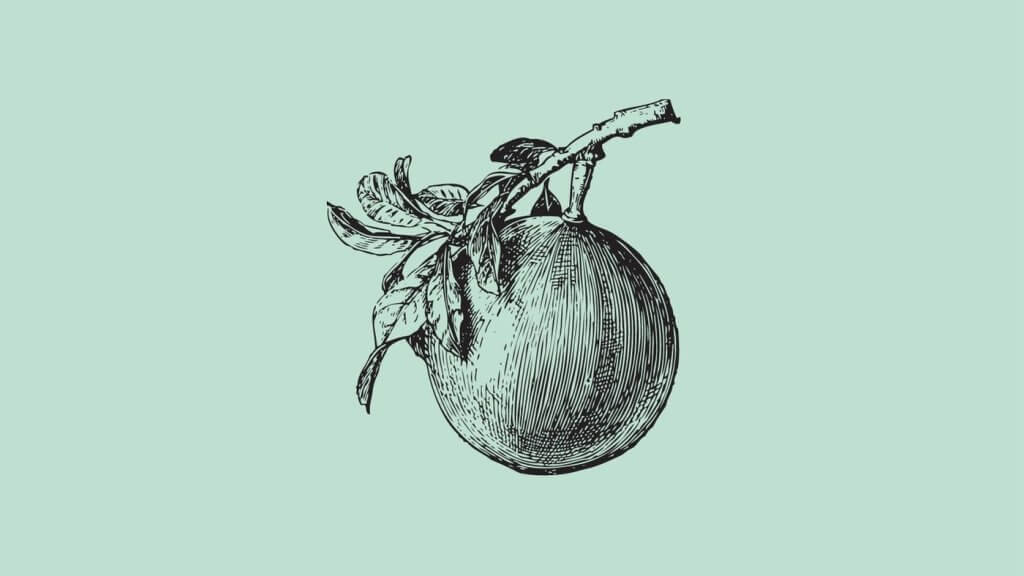The calabash fruit or calabash gourd is an eye-catching large green fruit that grows on the calabash tree (Crescentia cujete). The fruit is not edible raw but can be used to make juice and syrup for medical purposes or as a vase or bowl when dried. The dried gourd has also been used to make instruments
Where Does Calabash Grow?
It thrives in warm climates with a tropical or subtropical climate:
- Central and South America:
- Crescentia cujete is native to parts of Central America and South America. It is found in countries such as Mexico, Belize, Guatemala, Honduras, El Salvador, Nicaragua, Costa Rica, Panama, Colombia, Venezuela, Ecuador, Peru, Bolivia, Brazil, and parts of the Caribbean.
- Africa:
- The calabash tree has been introduced and cultivated in various African countries. It is grown in regions with suitable tropical or subtropical climates.
- Southeast Asia:
- Crescentia cujete has also been introduced and cultivated in parts of Southeast Asia. In countries with tropical climates, such as Indonesia and the Philippines, the tree may be found.
- Pacific Islands:
- The calabash tree has been introduced to some Pacific islands with warm climates.
- Florida (United States):
- In the United States, particularly in Southern Florida, Crescentia cujete has been cultivated in certain regions with a tropical or subtropical climate.
The calabash tree is adaptable and can be grown in a variety of soil types, including sandy and well-drained soils. It is often found near water sources, and its distinctive gourd-like fruits are a characteristic feature of the tree.
Calabash: What Does it Look Like?
Crescentia cujete, commonly known as the calabash tree, produces a distinctive, roundish fruit with a hard, woody shell. It’s a tropical plant, and the calabash fruit has a range of uses, from culinary applications to traditional crafts and more.
What Are You Foraging For Right Now?
We're thrilled to hear your ideas. What would you like to submit today? Feel free to share your thoughts and experiences with us.
The fruit has a smooth, green exterior, resembling a chubby pear or a small pumpkin. As it matures, the color can transition to a yellowish-green.
When you crack open that tough exterior, you’ll find a soft, white, spongy pulp inside. The tree itself often has gnarled and twisted branches, giving it a unique and somewhat mystical appearance.
The calabash tree produces unique, small, and unisexual flowers. These flowers are typically greenish-white to yellowish in color.
Calabash trees are known for producing flowers during warm and humid seasons.
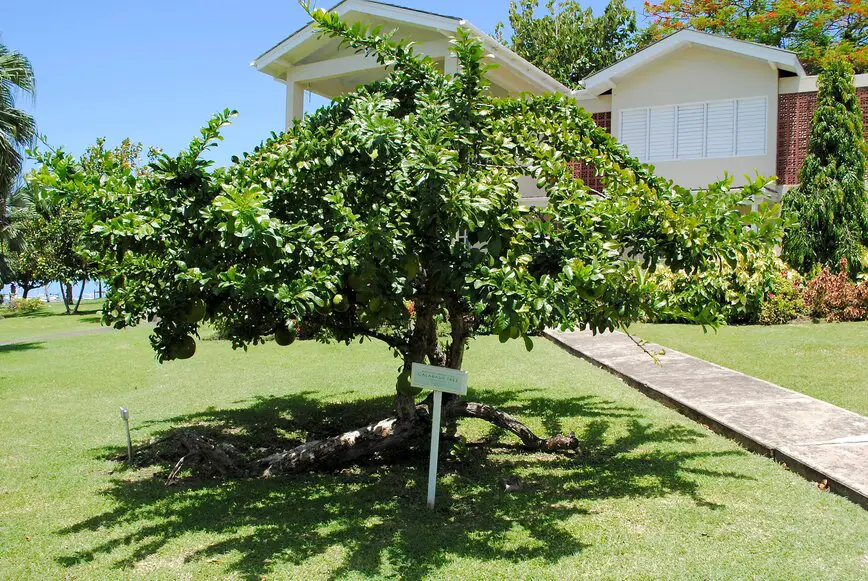
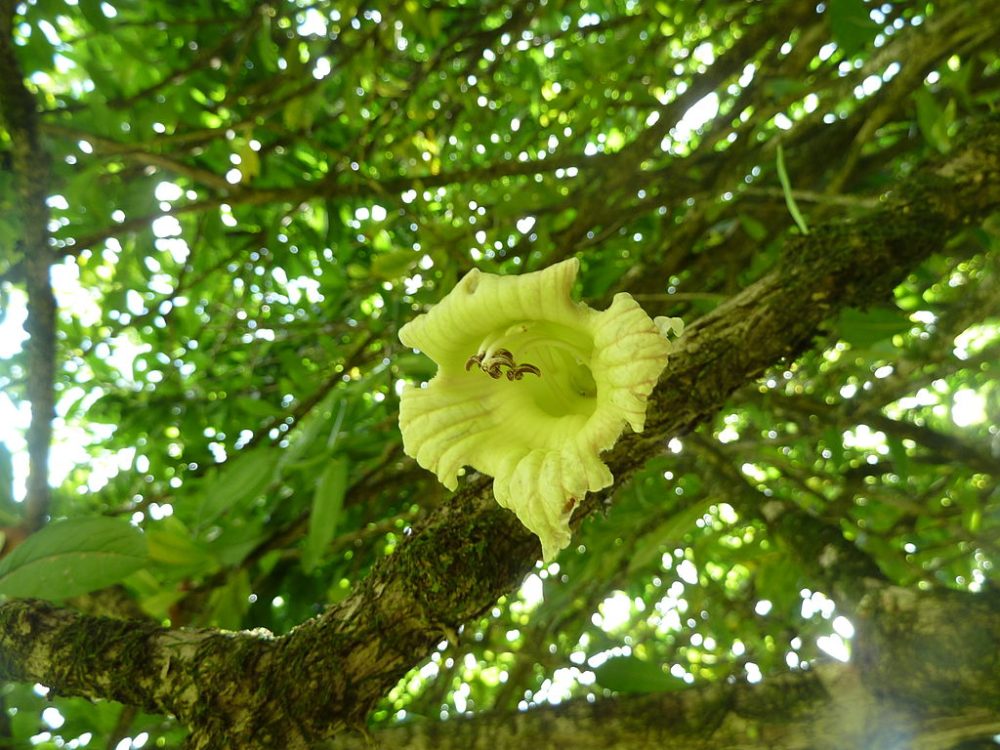
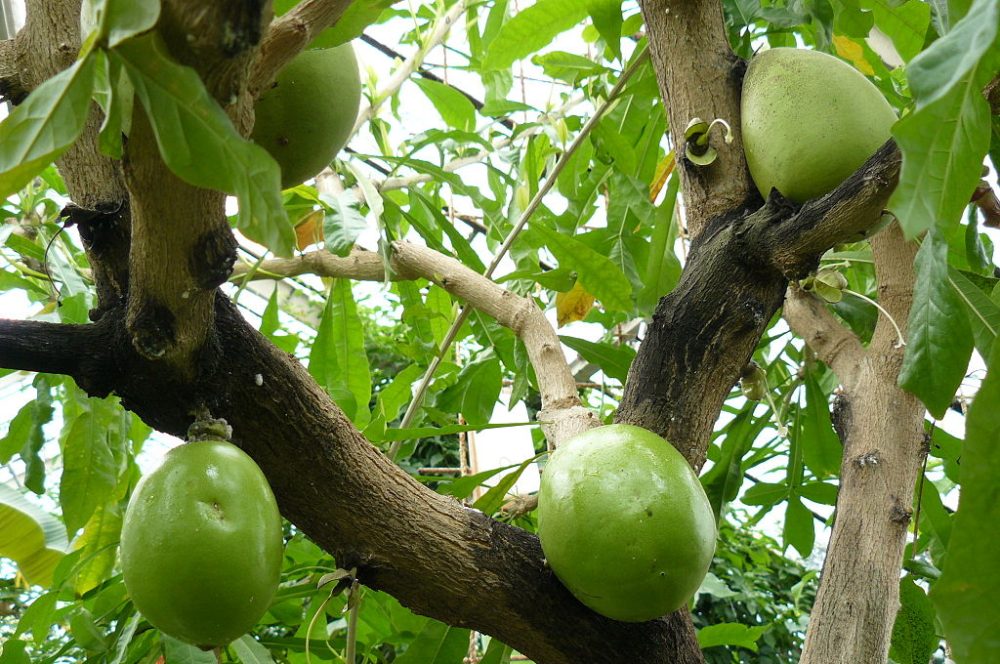
If you’d like to try other similar edibles, check our guides on:
Are There Different Varieties or Types of Calabash Fruit?
Yes, there are different varieties or types of calabash fruit, and they can vary in size, shape, and color.
The two main varieties are:
- Crescentia cujete (L.) var. cujete:
- This is the more common variety and is known for its round or pear-like shape.
- Crescentia cujete (L.) var. lutea (Carv.) H. Karst:
- This variety is recognized for its elongated shape, resembling a bottle or flask.
What’s the Difference Between Calabash Tree and Calabash Vine?
While Crescentia cujete’s fruit is inedible and grows on a tree, Lagenaria siceraria’s fruit is edible and grows on a vine.
Lagenaria siceraria, calabash vine or bottle gourd, is often confused with Crescentia cujete or calabash tree, which has similar common names and fruit uses.
Lagenaria siceraria (aka calabash) is an annual, vining member of the squash family that is widely cultivated for its fruits. The young, tender fruits can be consumed as vegetables.
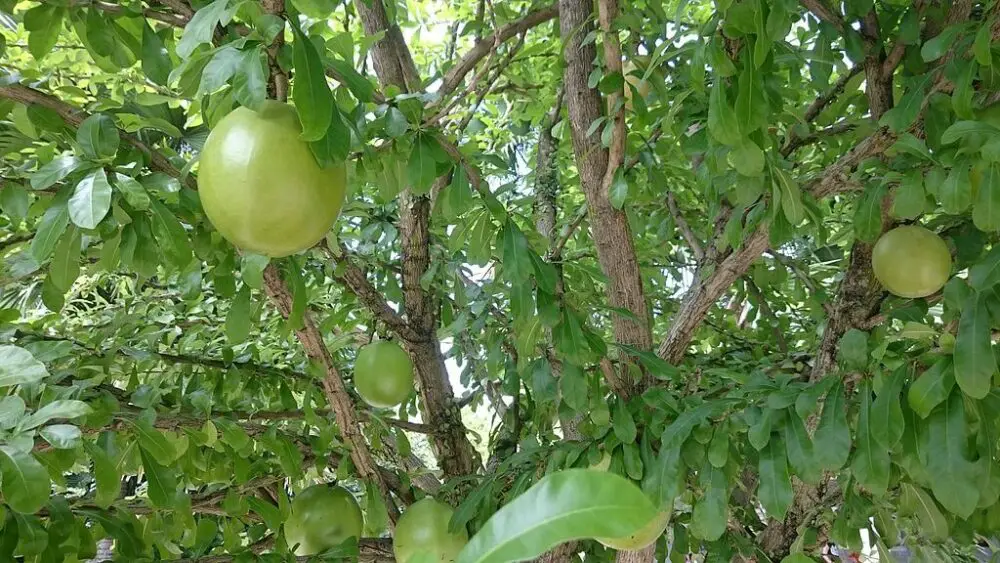

Can You Eat Calabash Fruit?
The fruits of calabash are not edible. The tetracyclic triterpenoid cucurbitacin found in the fruit, a bitter-tasting and potentially toxic compound, has been reported to cause stomach ulcers.
What Does Calabash Taste Like?
Neither the raw flesh nor the small white seeds of a calabash fruit should be eaten. Those who have eaten the raw pulp have reported a slightly bitter flavor and little taste.
There is a subtle hint of pineapple and guava, but the sweetness is very low. A calabash is sourer than soursop, but some do compare the two.
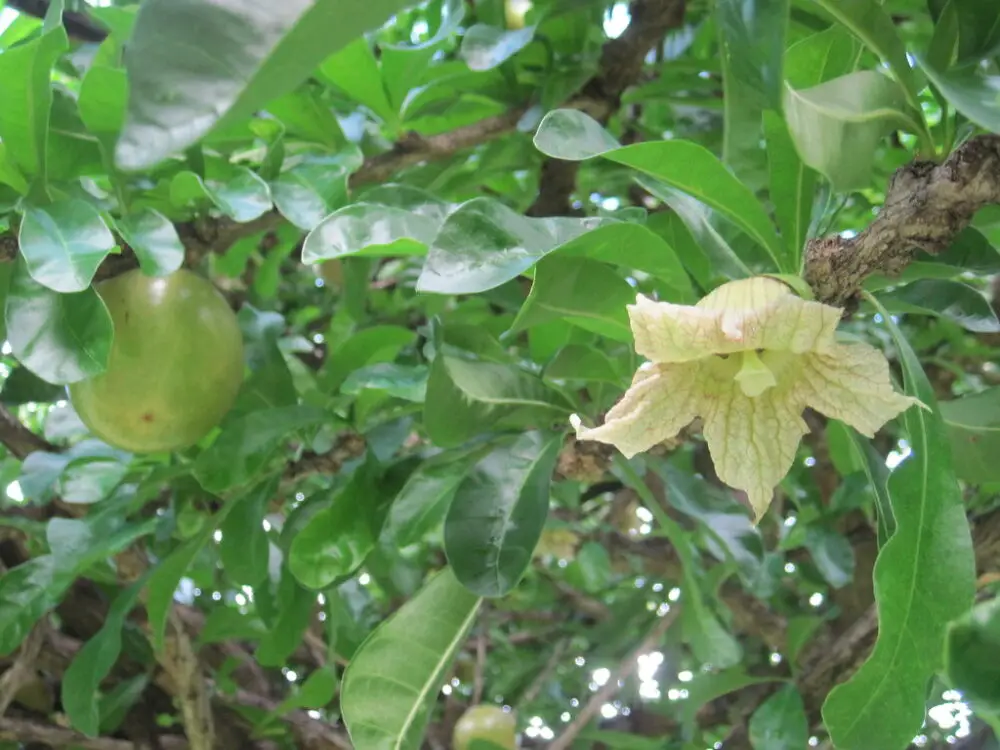
What About the So-Called Miracle Fruit Juice (Crescentia Cujete Juice)?
While the calabash fruit is not commonly consumed for its flesh due to the presence of bitter compounds like cucurbitacin, some people do use it to make traditional beverages or juices in certain regions. However, it’s important to note that this practice is not widespread, and caution should be exercised due to the potential toxicity of cucurbitacin.
In cultures where the calabash fruit is used for making juice with medicinal properties (treating skin conditions, digestive issues, or respiratory problems), the process typically involves extracting the pulp and liquid from the fruit. The resulting juice is enjoyed in moderation.
It’s crucial to be aware of the specific variety of calabash being used and to follow traditional practices that ensure safe consumption. Some varieties of calabash may have lower levels of bitter compounds, making them more suitable for culinary use.
If you are considering making juice with calabash fruit, it’s advisable to seek guidance from individuals familiar with local practices and traditions to ensure the safety of the preparation.
We encourage you to check out our guides on the following wild edibles, which are great for juicing:
What Else is Calabash Good Gor?
Container and Utensil Crafting:
The hard shell of the calabash fruit is often used to craft containers, bowls, cups, and utensils. These natural containers are used for serving food, beverages, and other items.
Art and Crafts:
Calabash shells are utilized for artistic and decorative purposes. They can be carved, painted, or adorned to create intricate designs, sculptures, and ornaments. The shells may also be used in traditional crafts and art forms.
Traditional Music Instruments:
The hard and hollowed-out calabash shells are sometimes used to create musical instruments, such as rattles and percussion instruments.
Drinking Vessels:
The dried and hollowed-out shells of the calabash fruit are fashioned into traditional drinking vessels.
Ornamental Planting:
Its unique appearance, with twisted branches and large, gourd-like fruits, makes it an interesting and distinctive addition to gardens or landscapes.

Still Want to Cook With Calabash, Any Tips?
Here’s a general and cautious approach if you decide to experiment with cooking calabash fruit:
- Selecting the Fruit:
- Choose a calabash fruit with minimal signs of bitterness. This might involve consulting with locals who are familiar with the specific varieties available in your region.
- Peeling and Removing Seeds:
- Peel the calabash fruit and remove the brown seeds. The bitter compounds are often concentrated in the seeds and surrounding flesh.
- Soaking or Boiling:
- Some traditional methods involve soaking the peeled fruit in water or boiling it to reduce bitterness. Change the water multiple times during soaking to help leach out bitter compounds.
- Cooking Method:
- Explore different cooking methods, such as stir-frying, steaming, or boiling, to see if they impact the bitterness of the fruit. However, be cautious, and taste small amounts before consuming a larger portion.
- Combining with Other Ingredients:
- If you decide to cook calabash, consider combining it with other ingredients that can enhance the flavor. Herbs, spices, and other flavorful additions may help mask any residual bitterness.
Remember that safety is key, and it’s advisable to consult with people who have experience with local varieties and cooking practices.
How to Grow Crescentia Cujete in Your Garden?
Growing Crescentia cujete, or the calabash tree, involves providing a warm and tropical environment.
Here’s a general guide on how to grow Crescentia cujete:
1. Climate:
- It requires temperatures above freezing and is sensitive to frost. The tree does well in areas with high humidity.
2. Soil:
- Plant calabash trees in well-draining soil. Sandy or loamy soils are suitable, and the tree is adaptable to a variety of soil types.
3. Sunlight:
- Choose a location with full sun exposure for optimal growth.
4. Watering:
- Calabash trees prefer regular watering, especially during dry periods. While they can tolerate short periods of drought, consistent moisture is beneficial for healthy growth.
5. Planting:
- Plant calabash seeds directly in the ground or start them in containers. If starting in containers, transplant the seedlings to the desired location once they are established.
6. Propagation:
- Crescentia cujete can be propagated from seeds. Collect seeds from mature fruits, clean them, and plant them in a well-prepared seedbed or directly in the ground.
7. Spacing:
- Allow sufficient spacing between trees to accommodate their mature size.
8. Pruning:
Prune the tree as needed to shape it and remove any dead or damaged branches. Pruning can also help control the size of the tree.
9. Patience:
Crescentia cujete is known for slow growth, so be patient as the tree establishes itself. It may take several years for the tree to mature and produce fruit.
Ana has always been interested in all things nature and flora. With her expertise in home gardening and interest in foraging, she has been spending her weekends and free time looking for edible native plants, flowers, and fungi. One of her many hobbies includes testing new savory and sweet recipes, juices or teas made from freshly picked plants, wild fruits, or mushrooms.

